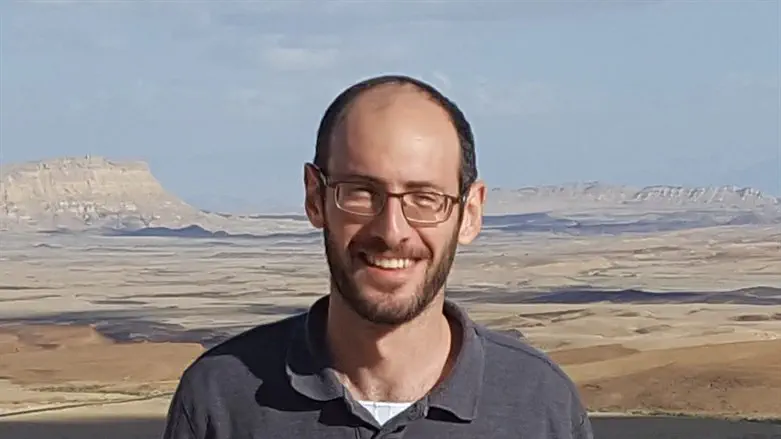
Networks are systems comprised of many components that interact with one another through a collection of connections, nodes and links. In a well-functioning brain, neural networks assemble the cellular components needed for sensory, motor, and cognitive functions. In an active human gut, "good" bacteria help keep “bad” bacteria in check.
Due to damaged connections, lost nodes or links, systems may transition from a thriving, active state into a collapsed, inactive state. When this occurs repair is needed to bring the network back to its original structure so that normal function can resume.
One way to revive the failed network is to restore its lost connections, but a network doesn't always spontaneously return to life after failure. It must be reignited to jumpstart activity, much like jumper cables bring a car battery back to life.
The structure of complex networks has been deeply investigated over the years, focusing primarily on predicting dynamic behavior. More recently, research has shifted to focus on influencing behavior.
In a study recently published in the journal Nature Physics, researchers from Bar-Ilan University in Israel show how a system can be steered towards a desired behavior to revive a failed network. They derived a two-step recovery process based on restructuring, to repair damage, and reigniting, to spark the network into activity.
In the first stage damaged links are restructured -- by building new connections or repairing broken ones -- to bring the system back to a point where it can regain its functionality. Next, the researchers identified the recoverable phase in which the network can be driven towards functionality by controlling just a single node. This node is externally activated for a limited time. Gradually it spreads a signal to the other components, much like a domino or ripple effect, reigniting the entire network and bringing it back to life.
"We can use our networks to create a macroscopic change in system behavior with just a local microscopic intervention," says Prof. Baruch Barzel, of Bar-Ilan University's Department of Mathematics, Data Science Institute, and Gonda (Goldschmied) Multidisciplinary Brain Research Center, who supervised the research together with Prof. Shlomo Havlin, of the Department of Physics at Bar-Ilan.
"We can also determine under which conditions the recovery process is possible. If a network is stronger and more connected, it's easier to repair. If it's sparser and the connections are weaker, it is more difficult," adds Barzel, who also heads the University's Complex Network Dynamics Lab.
The two-step revival strategy has shown particular promise in steering a failed microbiome back to functionality. In the human gut, some bacteria fight inflammation, while others promote it. When the gut works as it should, these two types keep each other in check. But when that delicate balance gets disrupted, following antibiotic treatment, for example, inflammatory bacteria may reach critical levels, potentially leading to microbiome dysfunction.
In the restructuring phase of revival, nutrients such as sugar were introduced to impact the network structure -- for example, to reduce a competitive link or enhance a cooperative connection, in consultation with microbiome expert Dr. Amir Bashan, of Bar-Ilan University's Department of Physics.
In the reigniting phase a detailed map of the microbial species in the gut facilitated the evaluation of each node's reigniting capacity. Candidate reigniter species were ranked based on their potential to revive the system. A single species deemed a top-ranked reigniter was controlled with probiotics, which led to system recovery and a gradual return to an active state.
"We can trigger recovery of all the microbiome in the human gut by taking probiotics," says PhD candidate Hillel Sanhedrai, of the Department of Physics at Bar-Ilan University, who co-authored the study. "When the bacterial population in the gut is more sparse, we determine which species are the best candidates to receive probiotics and jumpstart recovery of the entire system to bring it back to its healthy norm. And further, we've created guidelines for strengthening the connections in the network by adding nutrients such as glucose."
In the future, the researchers hope to develop a systematic method to recognize how many and which nodes are efficient reigniters, as well as determine the impact of intervention in the activity of more than a few nodes.

